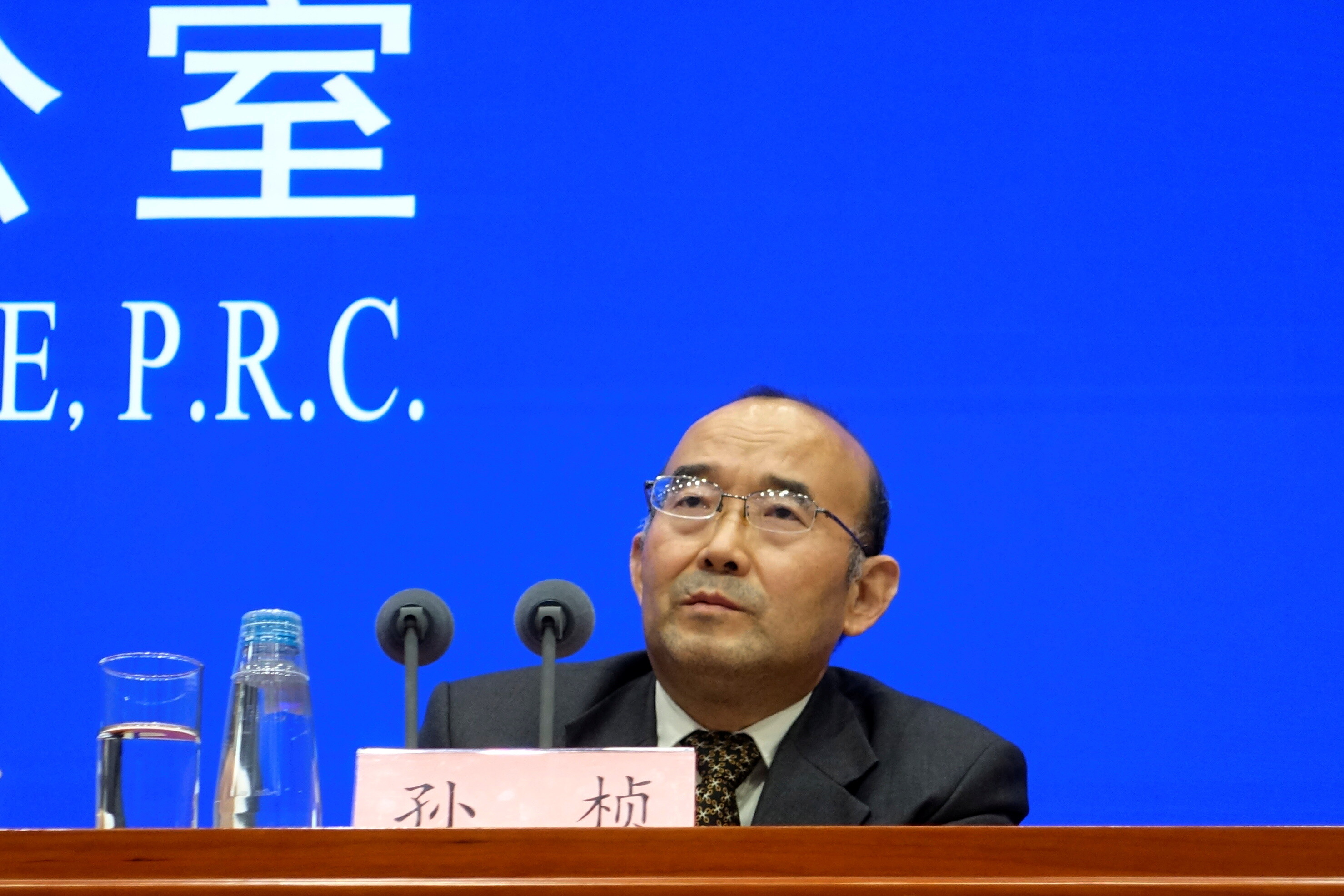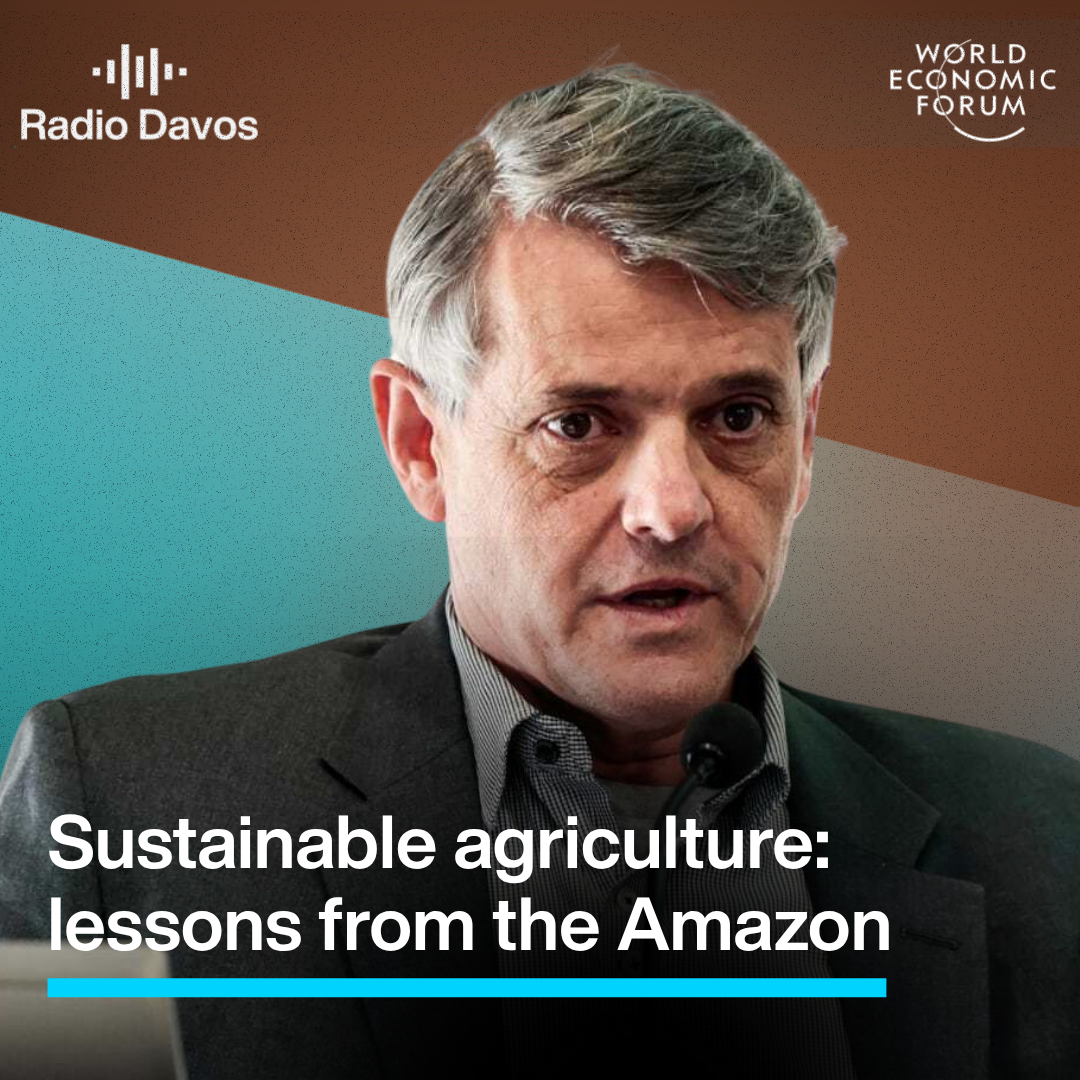Investors can help save the planet. Here’s how

Temperature changes, the associated rises in sea-level, and extreme weather events are hitting communities around the world. Image: REUTERS/Beawiharta
Climate change is something that is already tangible today as we see more extreme weather events across the world. The four warmest years on record globally have occurred in the past four years and, in many places, these temperature changes and associated rises in sea-level are already putting pressure on key ecosystems.
The November 2017 UN Environment Emissions Gap report had one key message: that targets are being missed and that the world’s climate is on course for a 3°C increase by 2030 (well beyond the maximum target of 2°C) if we continue to emit greenhouse gases at the current rate.
The human causes of climate change – the burning of fossil fuels, deforestation, the beef and dairy industry and transport pollution – are now pretty widely accepted and in recent years the pressure on governments to take action has greatly intensified. The 2016 Paris Agreement was the first major political breakthrough on this issue, achieving a consensus view of what can be done now to build a bridge to climate-neutrality before the end of this century.

However, while government action will be a huge driver of our success, there are other significant contributors whose power to affect change is often underestimated – corporates and their financial investors.
A recent research report in collaboration with CDP (formerly the Carbon Disclosure Project) identified the world’s 250 largest publicly-traded emitters – a group of businesses that, together with their value chains, account for approximately one third of global annual greenhouse gas emissions.
This fact that just 250 companies have the ability to influence almost 30% of our entire annual global emissions is actually quite shocking. But it also highlights what a difference a small group can make. As well as the power the investment community has to drive change.
For a decade or more, the management teams in these large organizations have recognized the potential future constraints that climate change could pose to their business operations and outlook. While many have deferred making a strategic shift toward a low-carbon future, others have recognized an historic opportunity for innovation that drives durable growth and competitive advantage.
Companies such as Total, Ingersoll Rand, Toyota, Iberdrola and Xcel Energy are among a small but increasing group that are executing on strategies to diversify and decarbonize their business models in heavily carbon-intensive sectors. Their plans have demonstrated business results and provide a pathway to a profitable low-carbon future that stretches to 2050 and beyond. Looking at the 250 companies as a whole, evidence is accumulating that there is strategic advantage for companies demonstrating readiness for leadership in the post-carbon economy.
Carbon-intensive firms – whether they are big energy producers, consumers or makers of energy-intensive products – that can ride the coming wave of technological and organizational change are in a position to prosper in a carbon-constrained world. And firms unwilling or unable to adapt will ultimately fall behind as the new business logic slowly but surely redefines the terms of competition.
And this is the where the financial investment community can play a key role. ESG (environmental, social and corporate governance) investing is becoming a disruptive force in nearly every industry as investors increasingly uses it as an investment criteria, as a performance indicator, or indeed as a driver for impact-investing.
Analysis shows that making our way toward a low-carbon future is not just possible, but profitable. The data suggest companies at the top of the sustainability curve, even in carbon-intensive sectors, are delivering a sustainability premium to their shareholders and the planet. Understanding how to spot companies that are climbing the curve is an important insight for investors seeking opportunity in a changing competitive landscape, and a challenge many analysts are taking up. In addition, the companies using innovation in new technologies to create solutions for tackling climate change are also becoming a significant investment class in themselves.
With the eyes of ESG investors firmly on them, organisations which are transitioning to lower carbon business models understand that they are building competitive advantage and reputational equity for the long-term. They know that investors and consumers will increasingly vote with their feet as more and more insight is available to them.
As the world enters a new chapter in addressing climate challenge, three things stand out:
1. The timeline for bending the greenhouse gas emissions curve is tightening, adding urgency to the need for change.
2. The needed cost curve reductions on new climate-friendly technologies have arrived, enabling a move from early adoption to mainstream demand and accelerated growth.
3. The rewards for leadership are accelerating from investors, consumers and regulators.
What is clear is that climate constraints will drive powerful market forces affecting us all as we work to change the energy production and use-patterns of the entire planet. Policymaking that once supported exploitation of the natural world is shifting gears to enable and reward the new carbon logic. And new, meaningful data and analysis means that investment professionals have a unique opportunity to influence corporate strategy for the global good. With 30% of the pie at stake, this is how investors can make a real difference for our climate.
Don't miss any update on this topic
Create a free account and access your personalized content collection with our latest publications and analyses.
License and Republishing
World Economic Forum articles may be republished in accordance with the Creative Commons Attribution-NonCommercial-NoDerivatives 4.0 International Public License, and in accordance with our Terms of Use.
The views expressed in this article are those of the author alone and not the World Economic Forum.
Stay up to date:
Institutional Investors
Forum Stories newsletter
Bringing you weekly curated insights and analysis on the global issues that matter.
More on Climate Action and Waste Reduction See all
Planet in focus: The technologies helping restore balance – and other news to watch in frontier tech
Jeremy Jurgens
November 13, 2025






